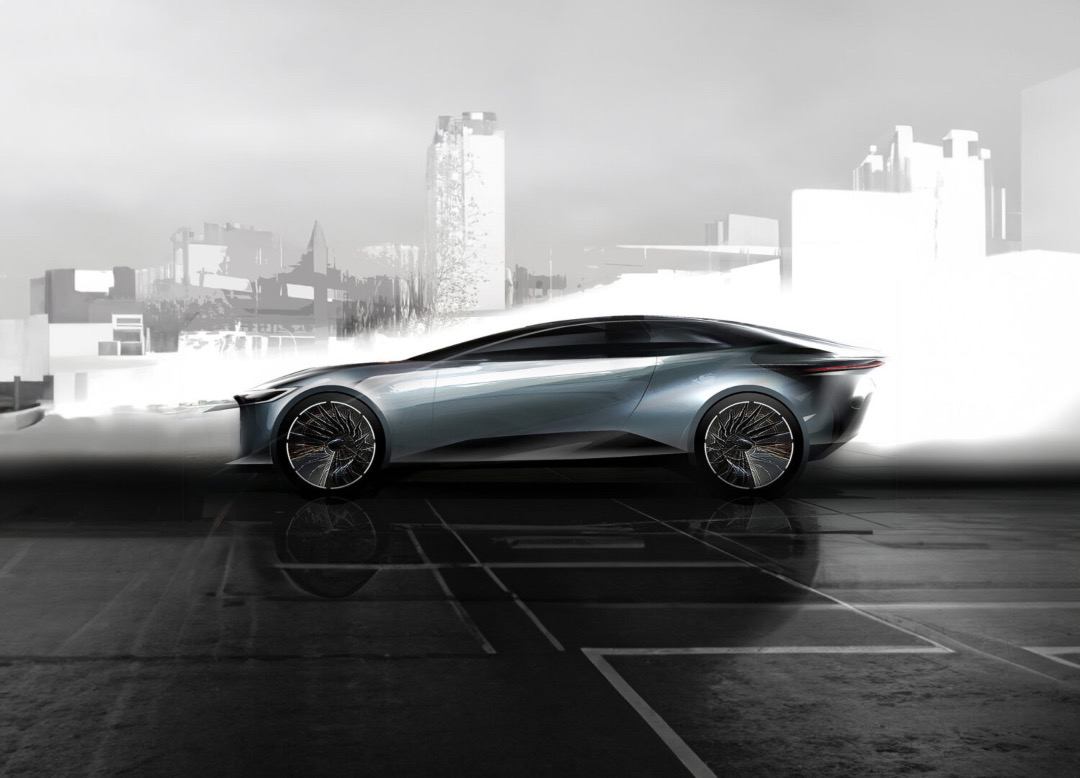Toyota Creates Text-To-Render Tool To Help Designers Conjure Up Future EVs
By Mikelle Leow, 22 Jun 2023

Image via Toyota
Dreamlike, AI-generated car designs are readily speeding onto the internet. As amazing as they look, there’s one big hitch—none of them will work in real life.
Keeping up with the generative artificial intelligence race, the Toyota Research Institute (TRI) has developed its own specialized text-to-art generator for vehicles that considers real-world constraints.
Through this tool, automotive designers can input initial design sketches and weave in technical factors, like ergonomics and safety, when generating prospective designs, ultimately “cutting down the iterations needed to reconcile design and engineering considerations,” explains Toyota. All in all, the technique will move electric vehicle concepts from imaginary to visionary.
A designer can, for instance, use a text prompt to guide the AI to dream up renderings based on characteristics like “sleek,” “SUV-like, and “modern,” and further connect the dots by attaching a prototype sketch.

Design sketch combining generative AI with optimization technique. Image via XD : Experimental Design Studio of Toyota
They can then have the tool focus on a desired, quantitative performance metric, merging form with function.
In their tests, Toyota researchers got the algorithm to zero in on aerodynamic drag, which is “critical for improving the aerodynamics of BEVs [battery electric vehicles] to maximize their range,” details Toyota Motor Corporation’s BEV factory president Takero Kato.
“Generative AI tools are often used as inspiration for designers, but cannot handle the complex engineering and safety considerations that go into actual car design,” notes Avinash Balachandran, director of TRI’s Human Interactive Driving (HID) Division.
With that, the new system “is harnessing the creative power of AI to amplify automobile designers and engineers,” adds Charlene Wu, senior director of TRI’s Human-Centered AI (HCAI) Division.





